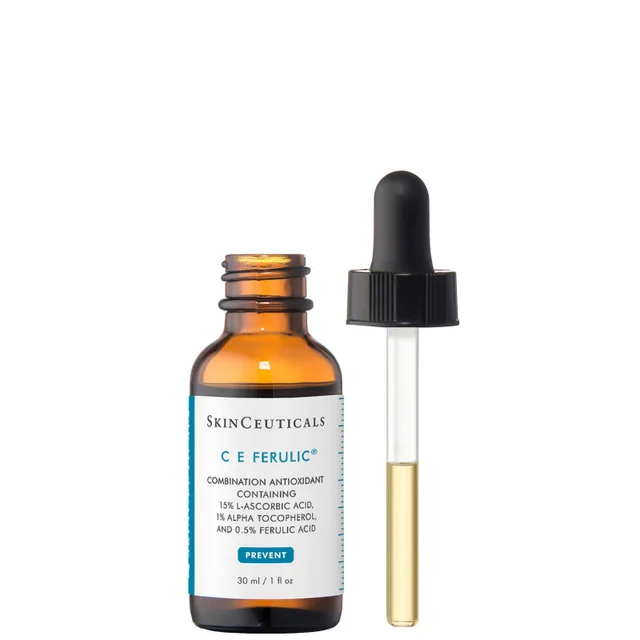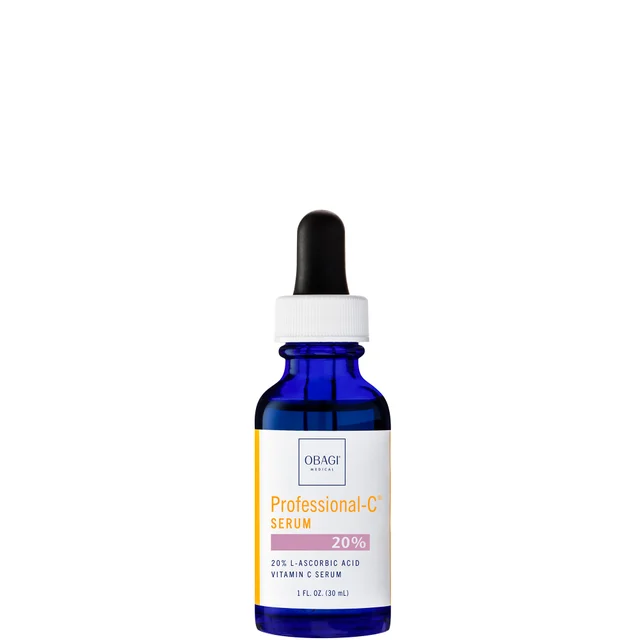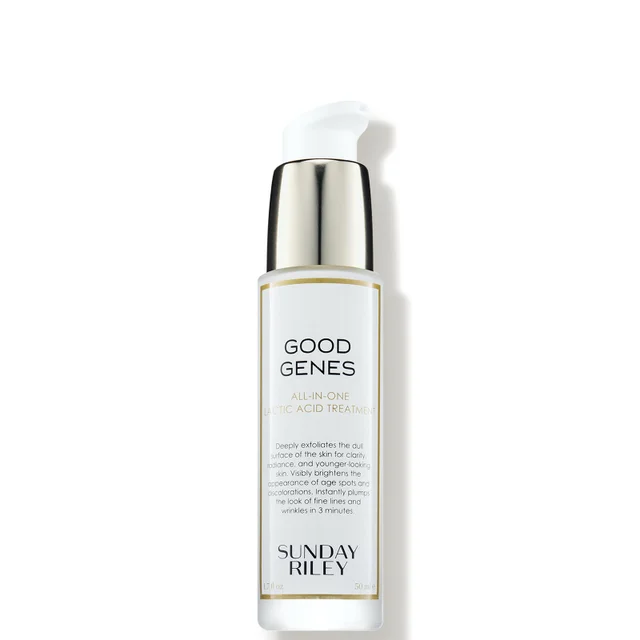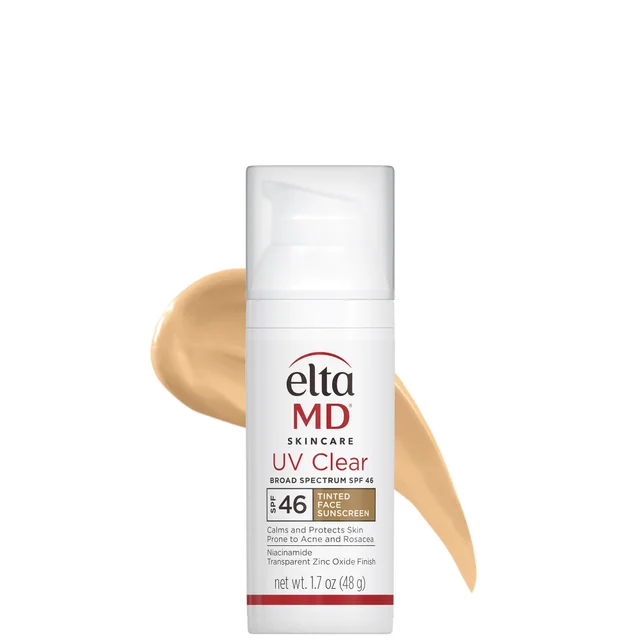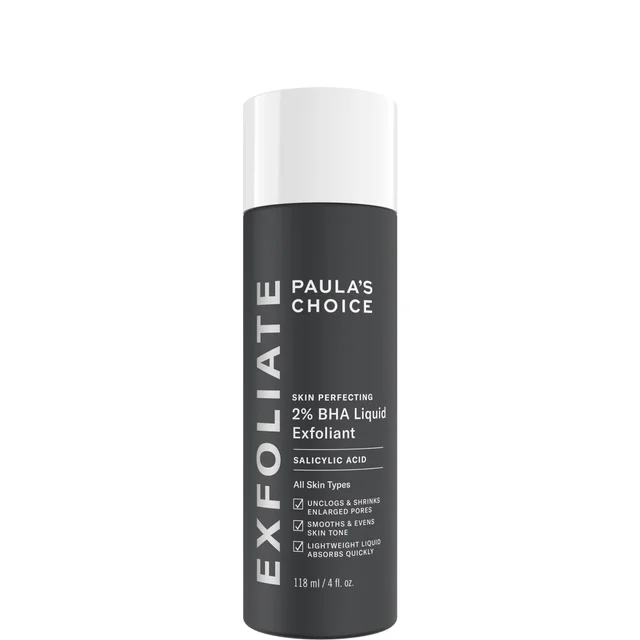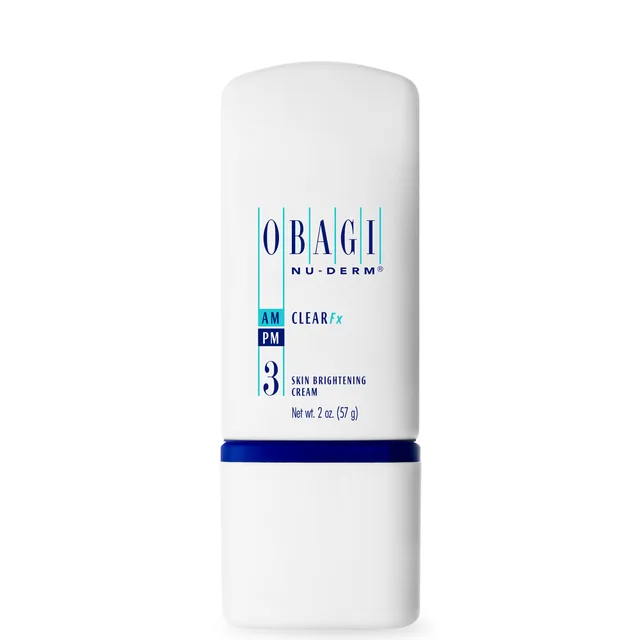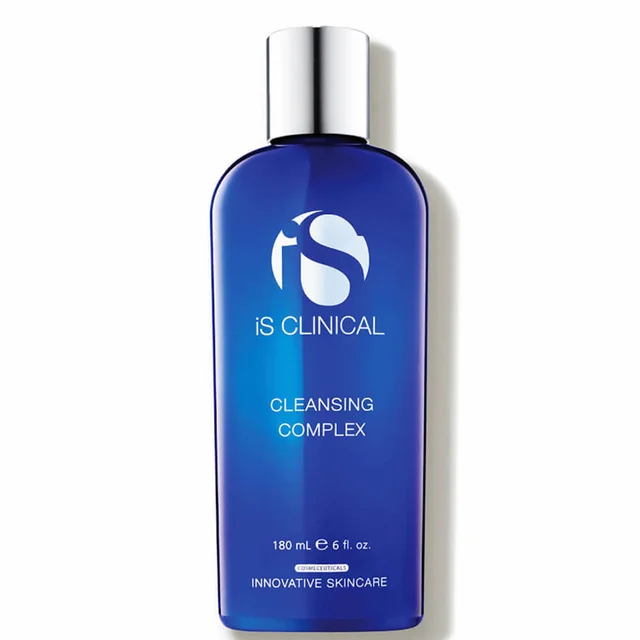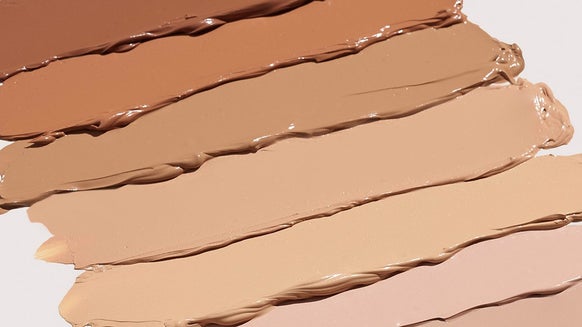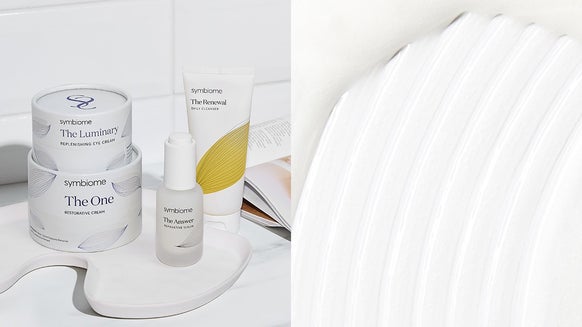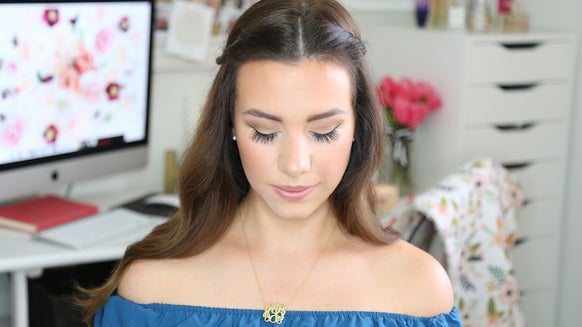Types of Hyperpigmentation
A sprinkling of freckles is charming, but how do you know when a spot is just a spot? Hyperpigmentation comes in many forms and is the result of numerous factors—sun spots that occur with age and exposure to the sun, fungus or bacteria-driven changes in skin color, post-acne discoloration—each type of hyperpigmentation has its own causes and treatments. If you suspect your hyperpigmentation could be precancerous, cancerous or from any other serious condition, head to a doctor immediately. You can also speak with a doctor or dermatologist about possible over-the-counter or prescription treatments for your hyperpigmentation.
Sun Spots
Spend enough time basking in the sun and you may find yourself dealing with sun spots, also referred to as age spots or pigmented lesions. These are typically brownish in color, and can range from tiny specks to spots larger than the tip of your thumb. Sun spots occur as you get older, and are increased by continuous exposure to the sun.
Moles and Freckles
Freckles are completely flat and particularly common in those with fair skin. Moles, on the other hand, can be flat or raised and are found across all complexions. Freckles are a benign hyperpigmentation, and moles typically are too. However, some moles can develop into melanoma, so you should always watch them for changes in shape, color or size.
Post-Acne Hyperpigmentation
Mild-to-severe acne can result in temporary hyperpigmentation of the skin. Not to be confused with the red spots left behind called erythema, these spots are usually brown and a form of post-inflammatory hyperpigmentation. While they usually take three to six months to go away on their own, you can use topical treatments to expedite the fading process.
Melasma
Melasma occurs almost exclusively in women who are pregnant, taking birth control pills or undergoing hormone-replacement therapy during menopause. It can also occur in patients without these hormonal disturbances for reasons that are still not fully understood. It's characterized by medium-to-dark-brown patches of skin that pop up on your forehead, cheeks, nose or upper lip. Something that sets melasma apart from other types of hyperpigmentation is that it forms in symmetrical patterns. Topical creams containing tretinoin, hydroquinone or azelaic acid may help, as can chemical peels and laser treatments.
Fungus
There's a reason why you wore sandals in the shower throughout your college years. Tinea pedis—also known as ringworm on the feet—is a relatively common skin ailment caused by a fungus that often comes from contaminated items such as combs, unwashed clothing and shower or pool surfaces. Don't let the name mislead you; it's not related to any kind of insect. When found on the body, the condition is called Tinea corporis, and is characterized by itchy, red patches on the skin that can sometimes form a ring-like pattern. Even after it heals, it can cause post-inflammatory hyperpigmentation, leaving behind dark spots that can take weeks or even months to fade. The best solution is to get a prescribed anti-fungal cream that easily kills the fungus.
This article has been reviewed by board-certified dermatologist Dr. Emmy Graber.

From the latest hair and makeup trends to the best solutions for your skin issues, we've got all your beauty concerns covered!
